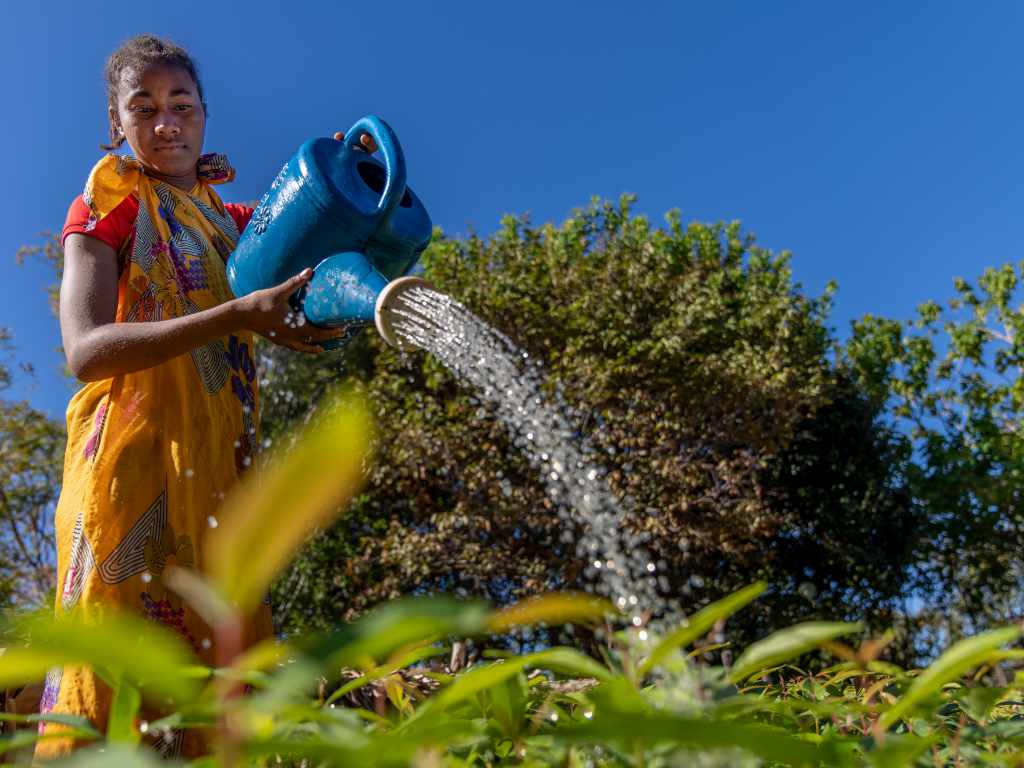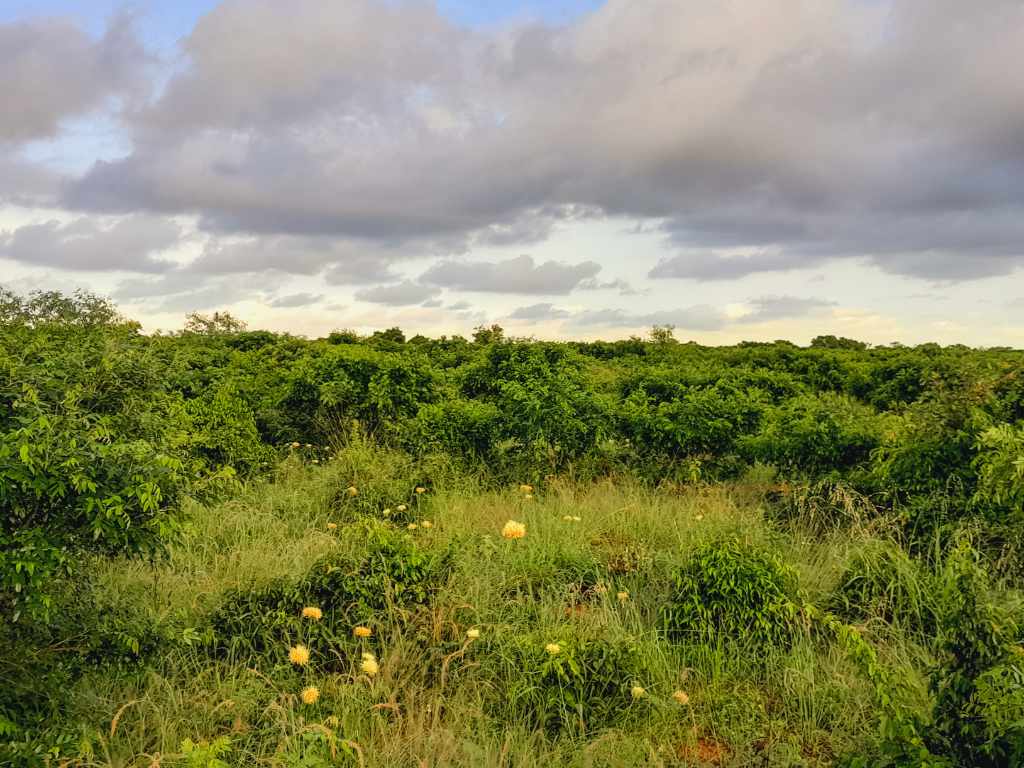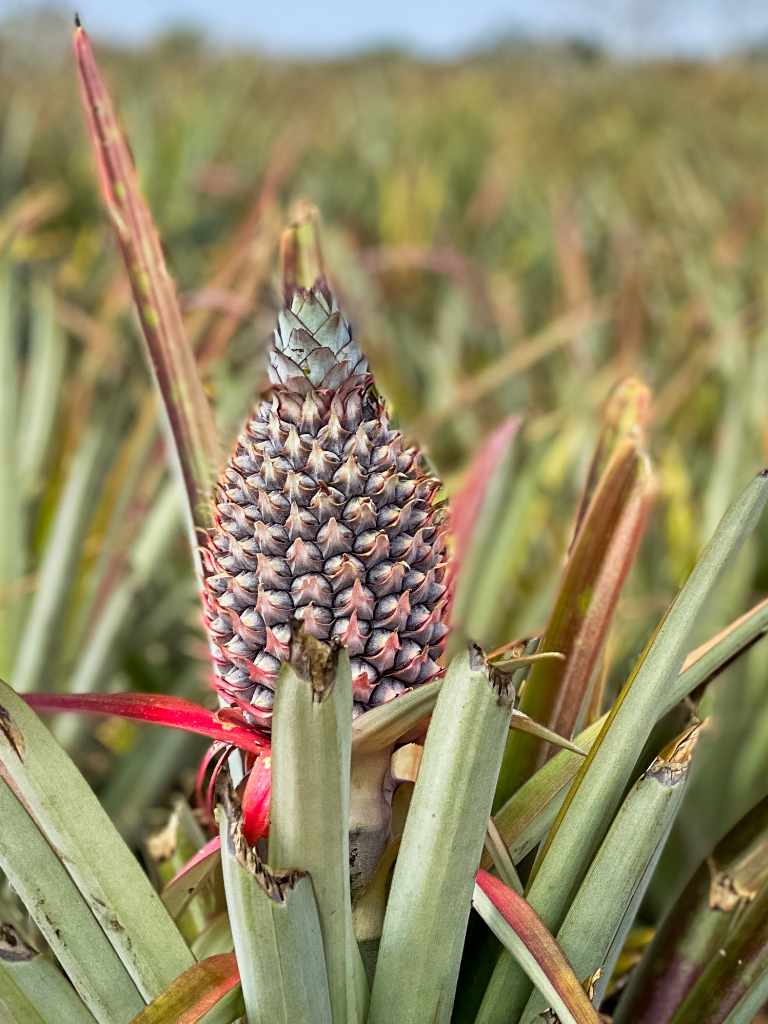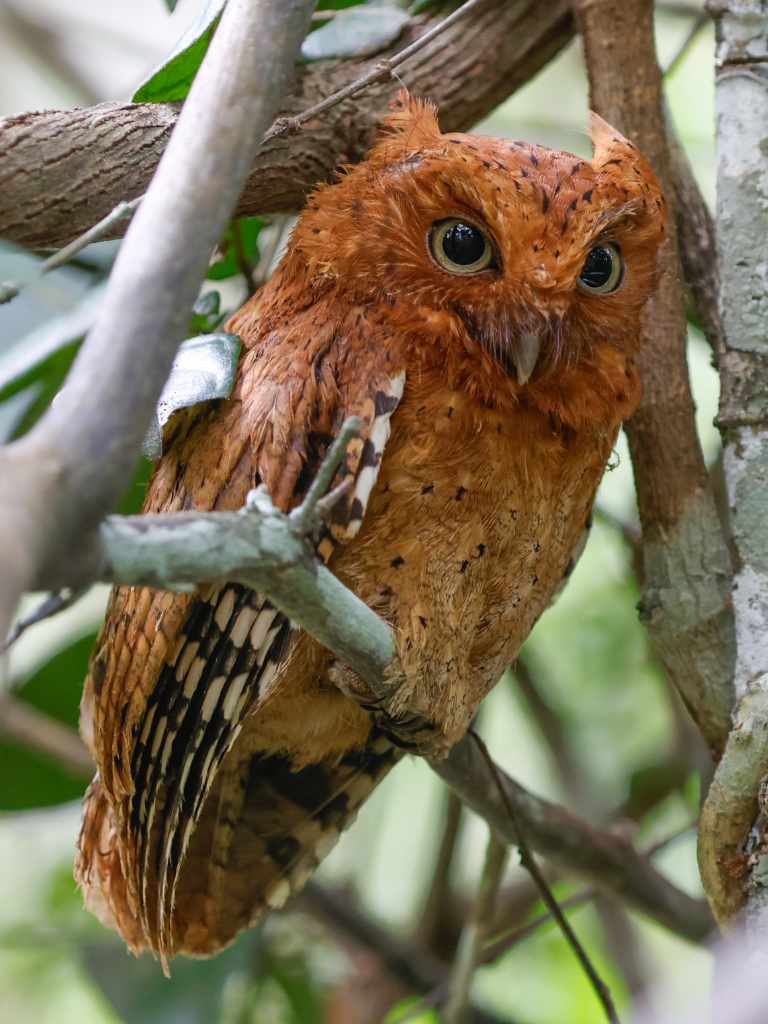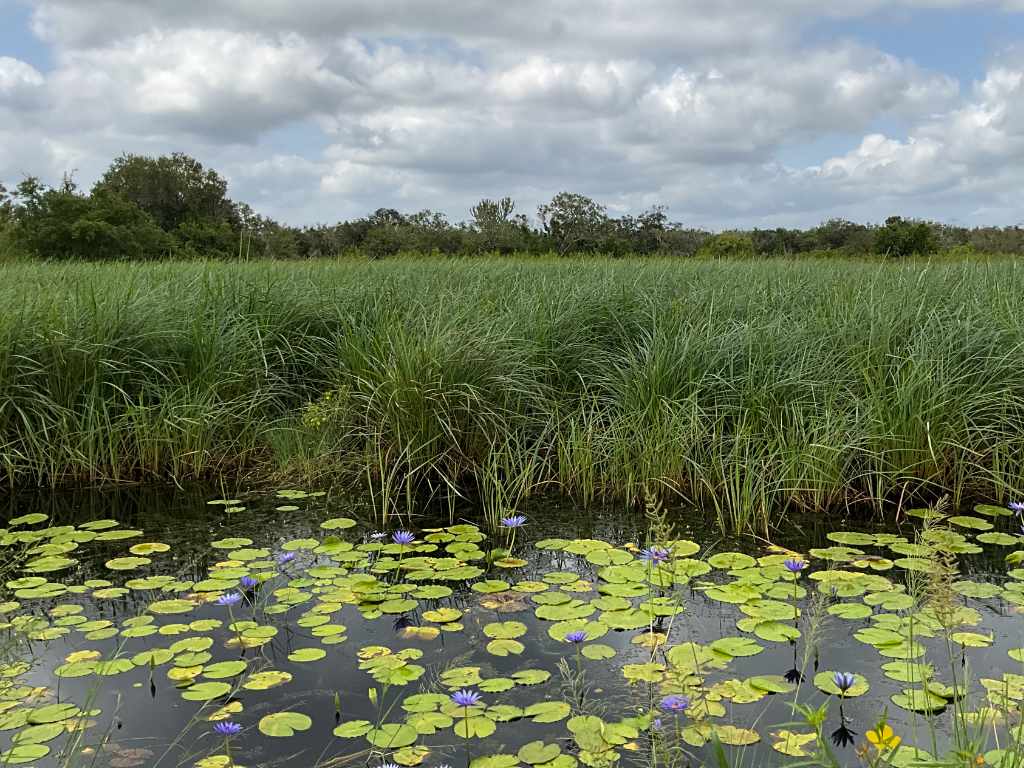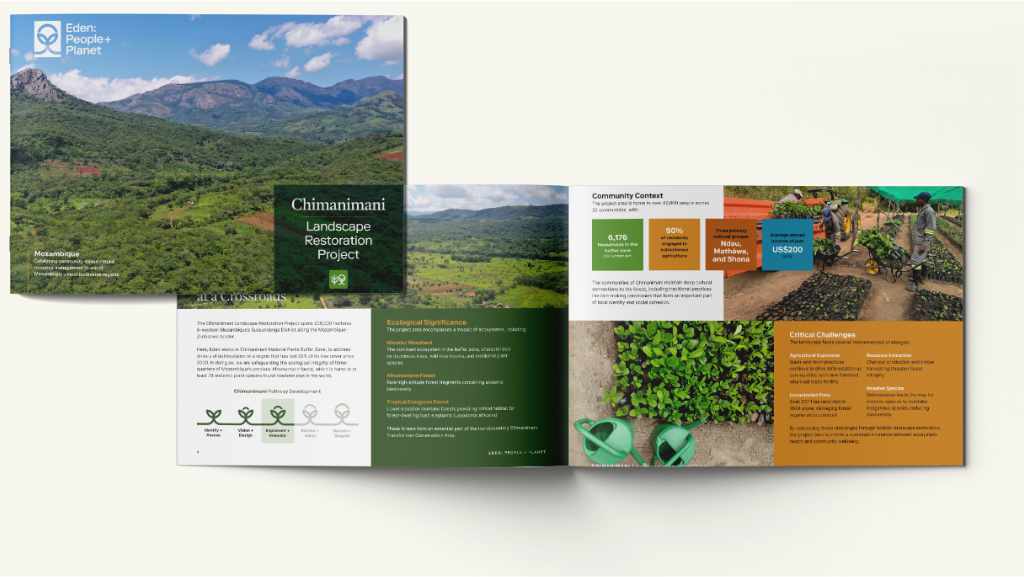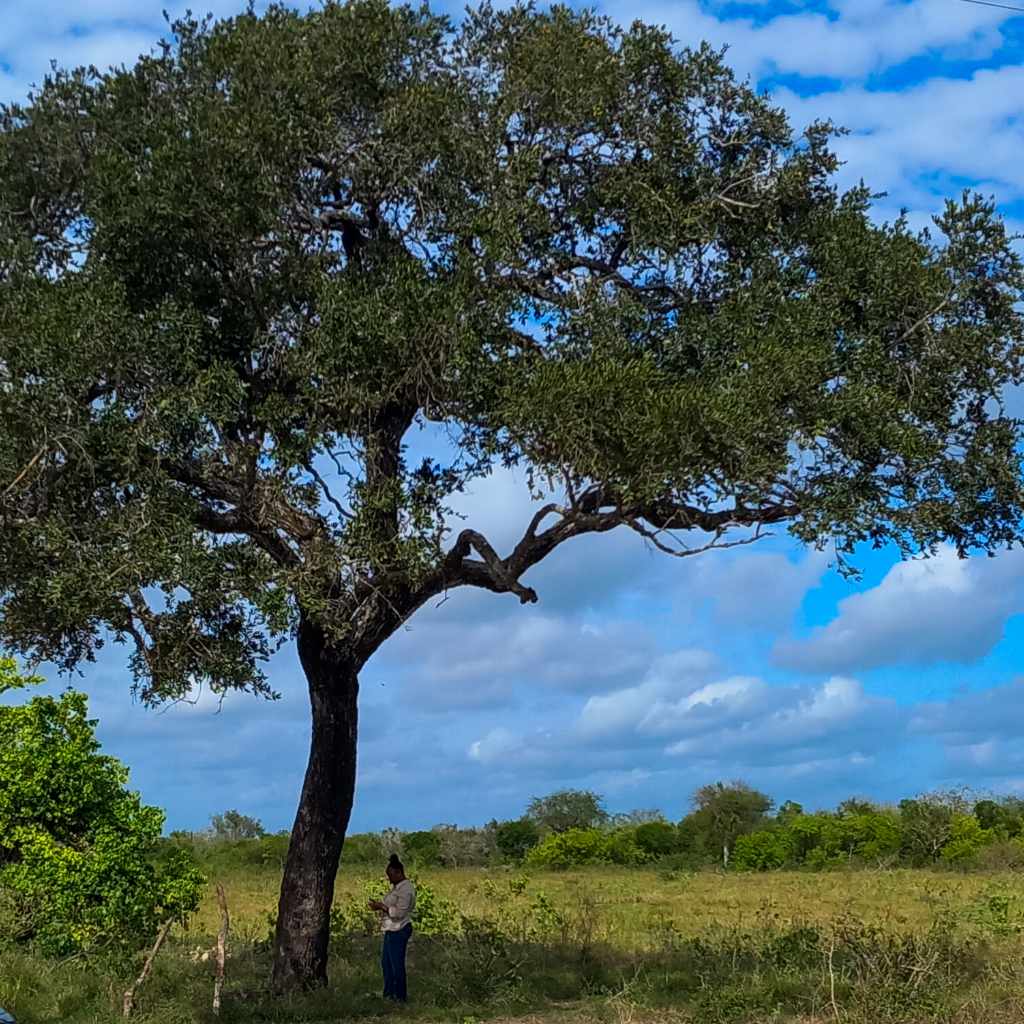
Our Projects
Dakatcha Woodlands Carbon Project
Project Overview
The Dakatcha Woodlands Carbon Project represents a significant opportunity to protect and restore one of Kenya’s most threatened forest ecosystems. Located in Kilifi County along Kenya’s eastern coast, this 241,000-hectare landscape contains the northernmost extent of Brachystegia-Julbernardia forest (Miombo woodland) on the African continent. Recognized as both a Key Biodiversity Area and Important Bird Area, it forms part of the East African Coastal Forests biodiversity hotspot—ranked among the top ten most threatened forest ecosystems globally.
Currently under design, this carbon-eligible landscape project aims to protect 54,000 hectares of existing closed forest through REDD+ activities while restoring 40,000 hectares through ARR interventions. The project’s 40-year commitment has verified potential for 2.8-3.2 million tCO2e (REDD+) and 4.4-12.7 million tCO2e (ARR). Through partnership with A Rocha Kenya and local communities, we’re developing a blended finance approach that combines philanthropic support with carbon market mechanisms to create lasting climate, biodiversity, and social benefits across this critical landscape.
Ecosystem
Dakatcha Woodlands represents a strategic carbon-eligible landscape opportunity, featuring diverse forest types including Brachystegia (Miombo) woodland, Cynometra thickets, and seasonal wetlands. As the northernmost extent of Miombo woodland in Africa, this Key Biodiversity Area supports endangered endemics like the Sokoke Scops Owl, Clarke’s Weaver, and Golden-rumped Elephant-shrew.
The landscape faces severe threats, with forests disappearing at 1.08% annually (5,700 hectares lost from 2013-2022). Through integrated REDD+ and ARR approaches, the project aims to protect 54,000 hectares of closed forest and restore 40,000 hectares over a 40-year period. This intervention could generate 2.8-3.2 million tCO2e through REDD+ activities and 4.4-12.7 million tCO2e through restoration, while safeguarding critical habitat and maintaining essential ecosystem services for local communities.
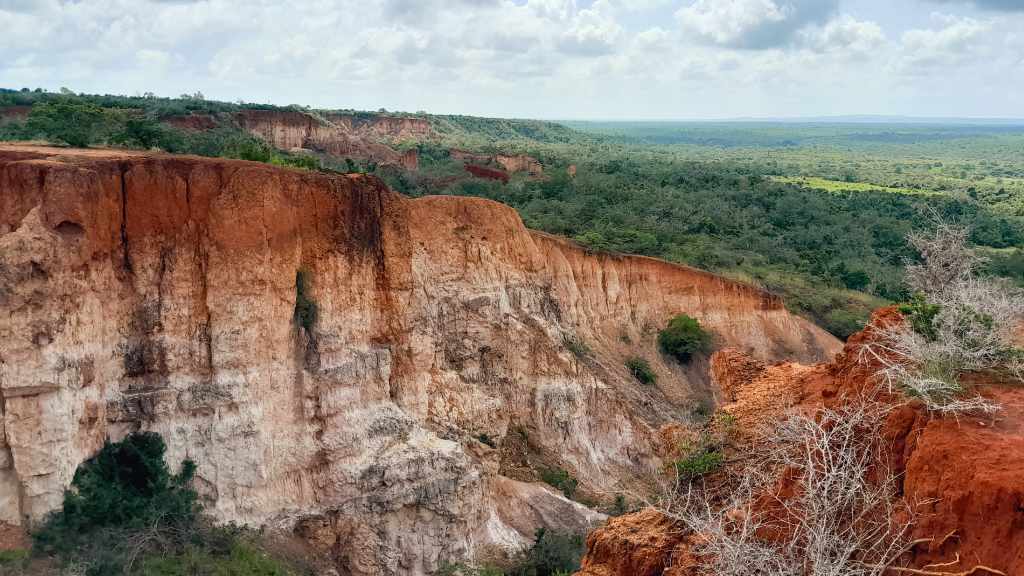
| Stat Label | Stat Value |
|---|---|
| Project Area | 241,000 hectares |
| Carbon Potential | 7-16 million tCO2e over 40 years |
| Forest Protection | 54,000 hectares of threatened coastal forest |
| Restoration Target | 40,000 hectares through reforestation and revegetation |
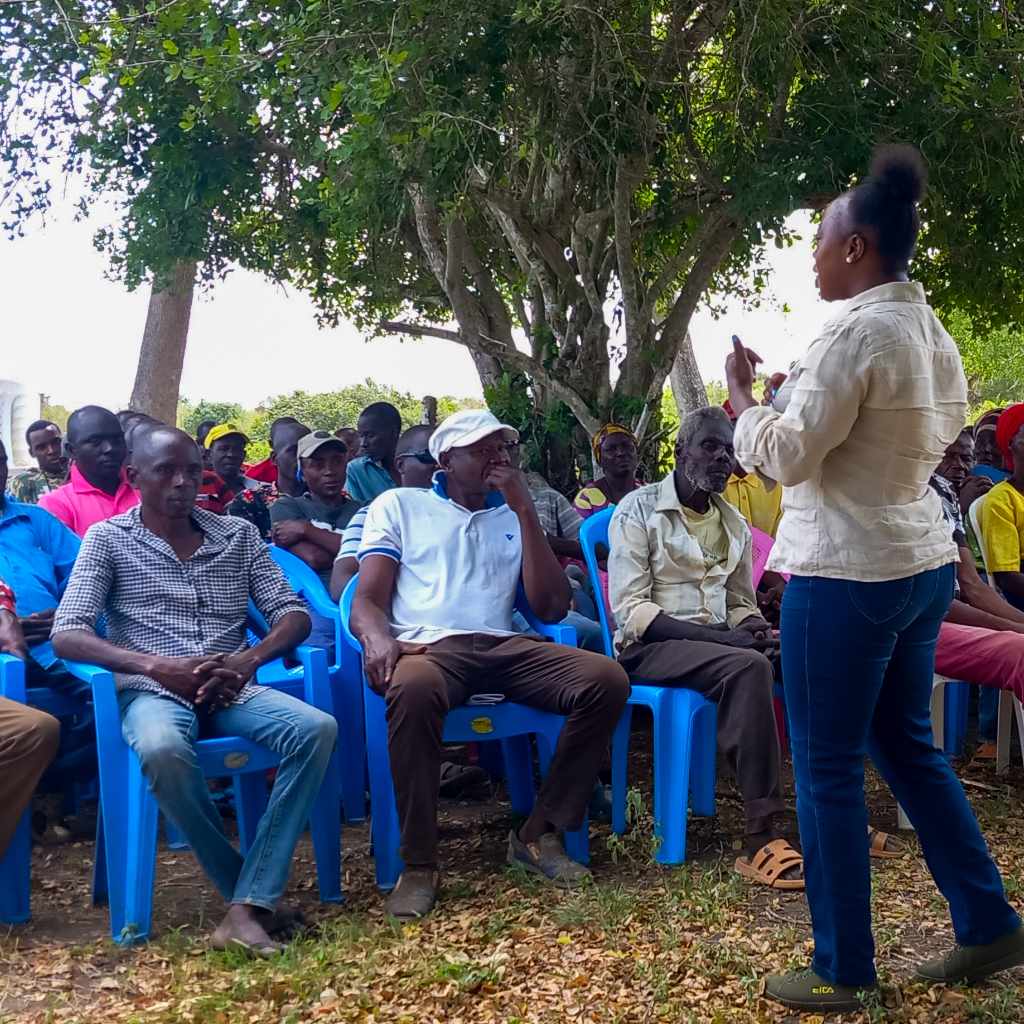
Community
The Dakatcha landscape supports approximately 191,610 residents across 32,978 households, with demographics showing 48.69% male and 51.31% female population. The area’s rich cultural heritage includes four Kaya sacred forests (Mayowe, Bate, Dagamra, and Singwaya), managed by the National Museums of Kenya. Primary ethnic groups include Mijikenda (mainly Giriama), Waata, Kamba, and some Somali refugees.
Most residents (78.7%) depend on crop and livestock farming, with limited infrastructure—only 13.9% have mains electricity and 3.1% access piped water. Food security remains a concern, with 15-25% of residents requiring assistance according to 2023 assessments. The project’s 40-year carbon finance commitment aims to transform these challenges through sustainable forest management, alternative livelihoods, and equitable benefit-sharing mechanisms that recognize communities as essential partners in landscape restoration and protection.

Technical Approach
The Dakatcha Woodlands Carbon Project implements an integrated approach combining two carbon methodologies under Verra’s VCS and CCB standards:
REDD+ (VM0048): Protection of 54,093 hectares of existing closed forest through community-based management, addressing key deforestation drivers like charcoal production and agricultural expansion. This component is projected to generate 2.8-3.2 million tCO2e over 40 years.
ARR (VM0047): Restoration of 40,000 hectares through strategic interventions across agricultural land (30,000 ha) and open woodland (10,000 ha), with potential to generate 4.4-12.7 million tCO2e over the project lifetime.
Our technical framework emphasizes robust carbon accounting while delivering verified climate, community, and biodiversity benefits. Implementation will be guided by comprehensive monitoring of forest cover, biodiversity indicators, and socioeconomic impacts, enabling adaptive management throughout the 40-year crediting period (2025-2065). The project is currently under design with initial validation targeted for Q4 2025.
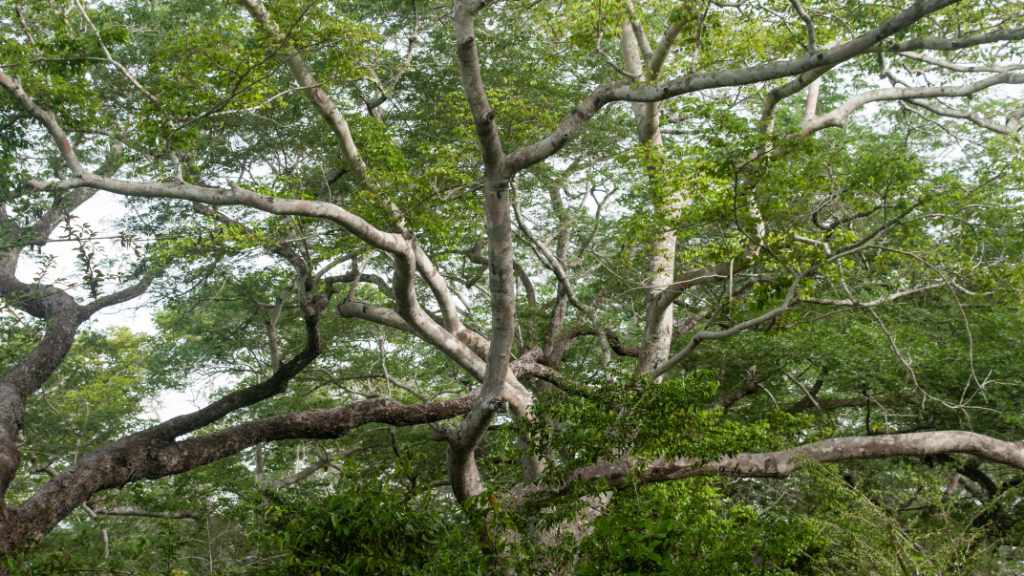
Progress and Impact
The Dakatcha Woodlands Carbon Project represents a significant advancement in Eden’s carbon-eligible landscape portfolio, currently progressing through project design phase. Comprehensive feasibility studies completed in 2024 confirm substantial carbon potential of 2.8-3.2 million tCO2e through REDD+ activities protecting 54,000 hectares of closed forest, and 4.4-12.7 million tCO2e through ARR interventions restoring 40,000 hectares of degraded land.
Strategic partnerships are established with A Rocha Kenya as implementation partner, leveraging their existing conservation presence through the Dakatcha Nature Reserve. Initial stakeholder engagement demonstrates strong community interest in the project’s blended finance approach, which will ensure sustainable funding through carbon market mechanisms while maintaining strong philanthropic support for development needs.
With project design documentation underway and initial validation targeted for Q4 2025, the project is positioned to demonstrate Eden’s commitment to integrated conservation solutions. The 40-year project timeline provides a framework for meaningful impact in biodiversity protection, community development, and climate change mitigation within this globally significant Key Biodiversity Area.
